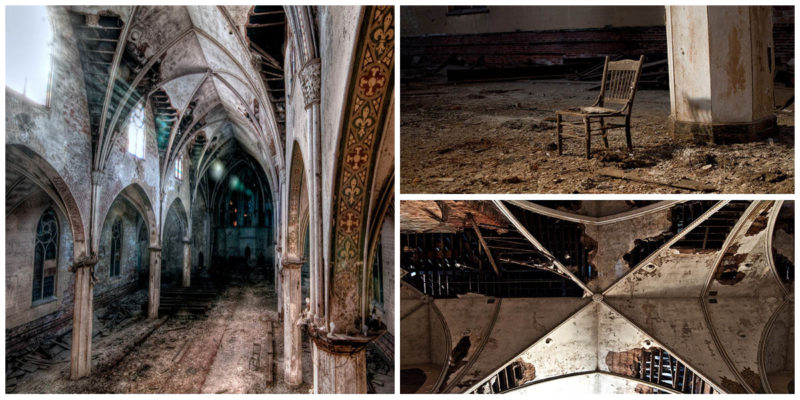It served its purpose for years but it was tagged for demolition. Then a privately held company came to the rescue with a given honest word of saving this church from it’s.
Even though it slipped past the wrecking ball, it has been devastated by time itself, for nothing was done since it’s closure to prevent it’s unenviable crumble.
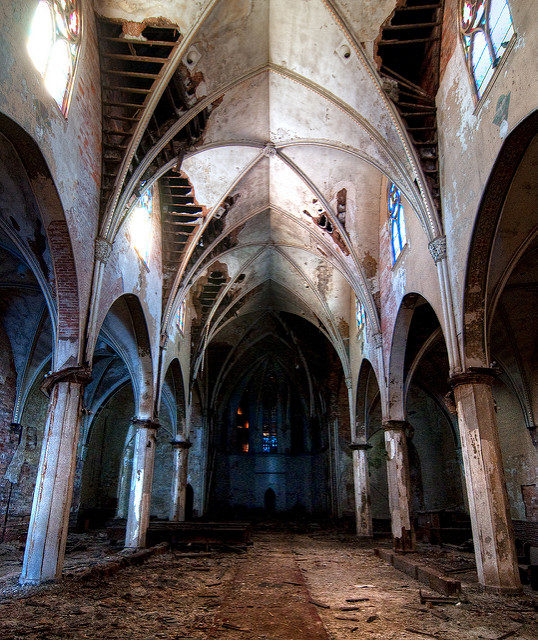
Its roots go deep as 1896. For a price of $76,000 (around $2 million inflation adjusted for 2017) it came to stand and be upon this earth, constructed by Polish emigrants under the name of The Church of Transfiguration.
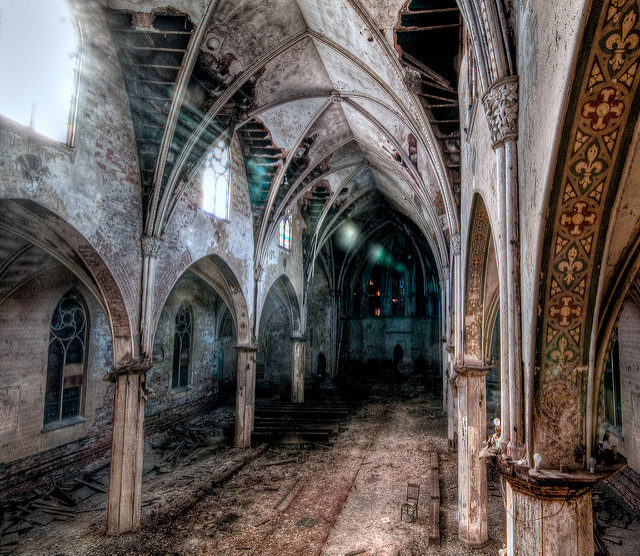
Typical for the churches of that time it was the Gothic Revival style that was also used for this church. The need for such a temple came as a result of the growing Polish population in the city of Buffalo; statistics of that time show us that the Polish made a giant leap from 7 percent to almost 20 percent at the end of the 19th century.
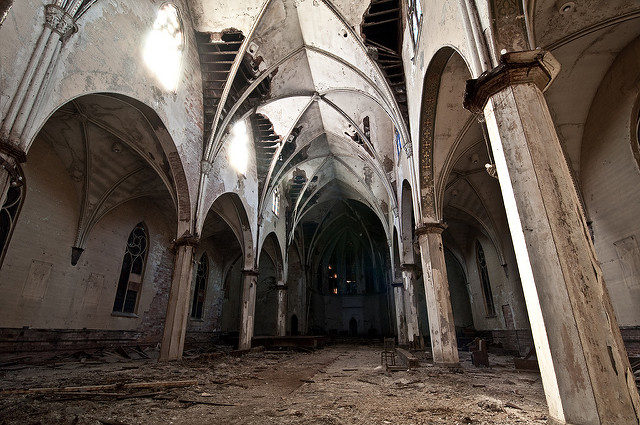
At the beginning, the Polish immigrants served and worked as common workers doing hard labor. With time, many climbed up the socioeconomic scale and rooted deeply into the east side of the city. There were two churches at that time, St. Adalbert and the Assumption Church which needless to say were less than enough for the increasing population that came from all over the world.
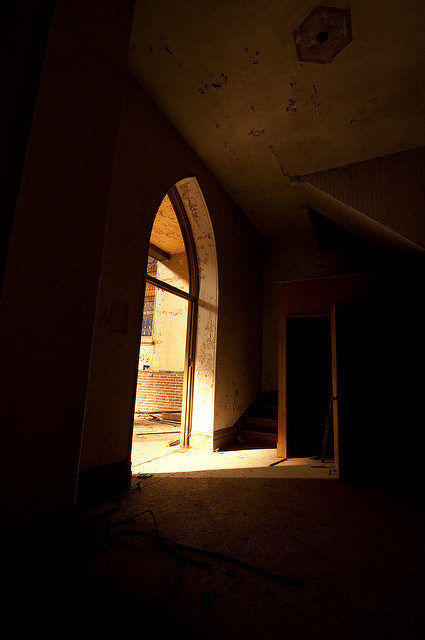
One thing led to another and pretty soon the idea for another temple of worship emerged. For this purpose, Rev. James Wojcik of the Assumption Church started a dialogue with the St. Joseph’s Society. They managed to find a common ground and both sides found it reasonable to ask for counsel from the Bishop Ryan.
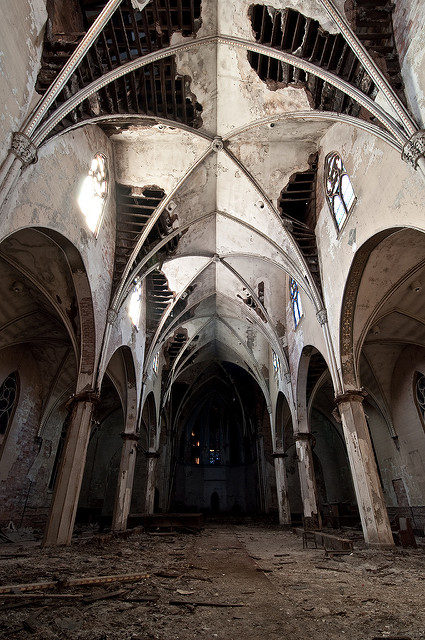
The whole deal was given approval and the south side of Stanislaus Street was ready to receive its church. It was the 27th of August when the cornerstone itself was carefully laid to the satisfaction of a large number of families.
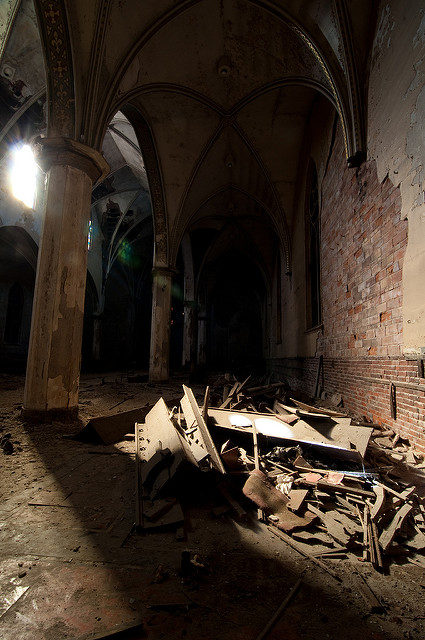
By the end of October the church was completely finished and was ready to receive its followers. By the end of the year, the church now had almost 200 families in its parish but pretty soon even this church was becoming small for its growing congregation. A new solution was desperately needed. And it was simple for the other side of the street remained empty and looked like the perfect location.
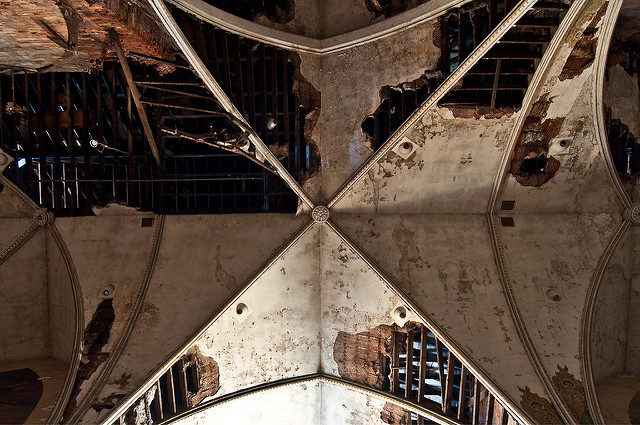
It was June 30, 1896, when the digging for the new foundations started. The corner stone for this new church was laid that same year on August 2. The Church of the Transfiguration was something completely different, for it could house 1,400 people. Not to forget, there was the 180 feet tall bell tower that added to the overall ambient and feeling. The church also incorporated a parish school which was rebuilt as a three story building in 1914.
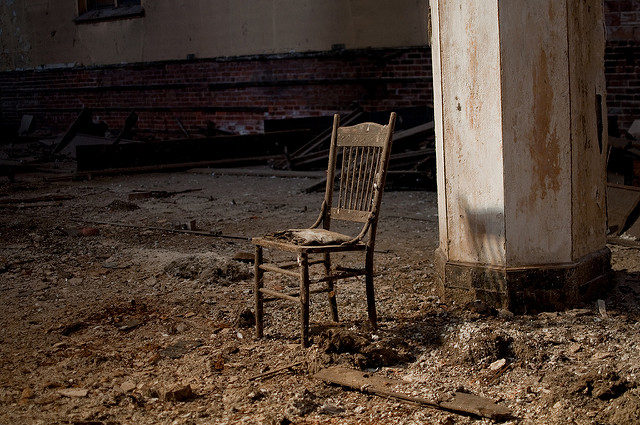
The church was one of kind, and the artist Joseph Mazur with his “miracle over the Vistula” fresco made sure that it remained that way. Nothing short of stunning was another mural painted by an unknown artist that depicted the Swedish besiegers from 1655.
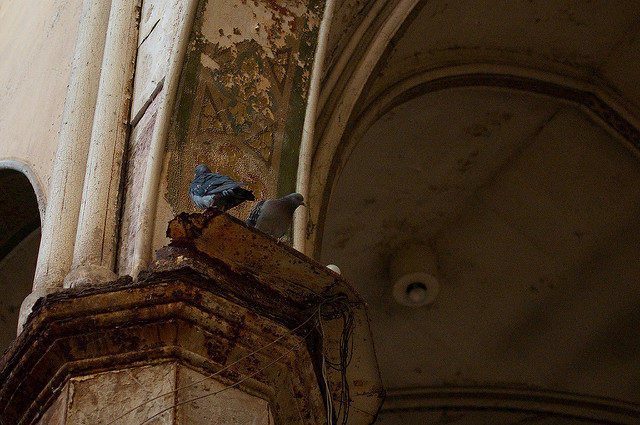
But the unwritten rule states that everything must come to an end it’s just a matter of time. For a number of reasons, among which the economy as a separate science in itself, made drastic changes in the city of Buffalo.
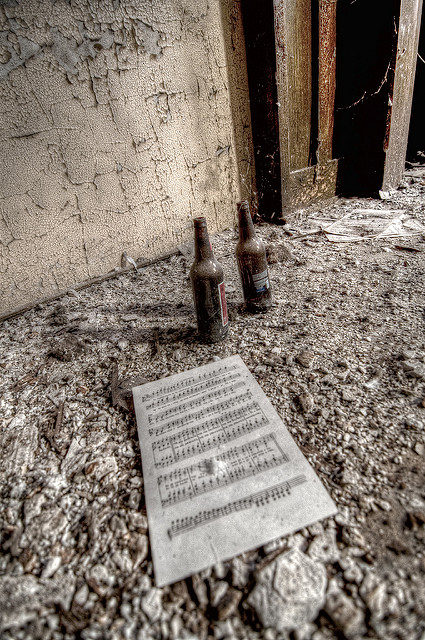
But the Church of the Transfiguration wasn’t the only one that fell victim to such demographic swings, for the rest of the churches lived through the same decline in numbers. The church was eventually closed in 1990. It fell to ruins due to being left to the elements which are unapologetic when it comes to the battle for they will destroy anything opposing them, being a church of otherwise.
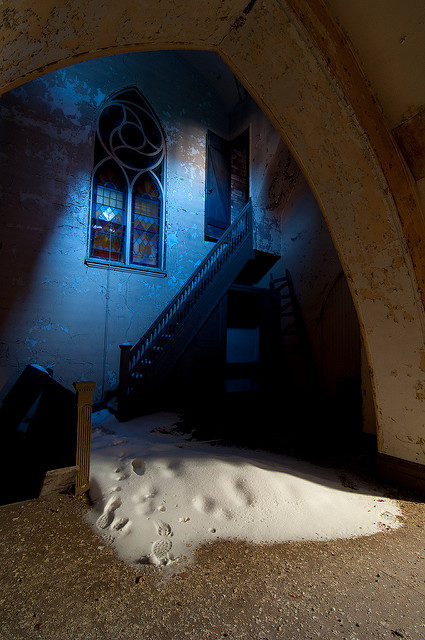
Almost $10,000 saved the church from being levelled with the ground but it wasn’t until 2007 when some repairs were made. Today the church has its known history behind it and very uncertain future before it.
